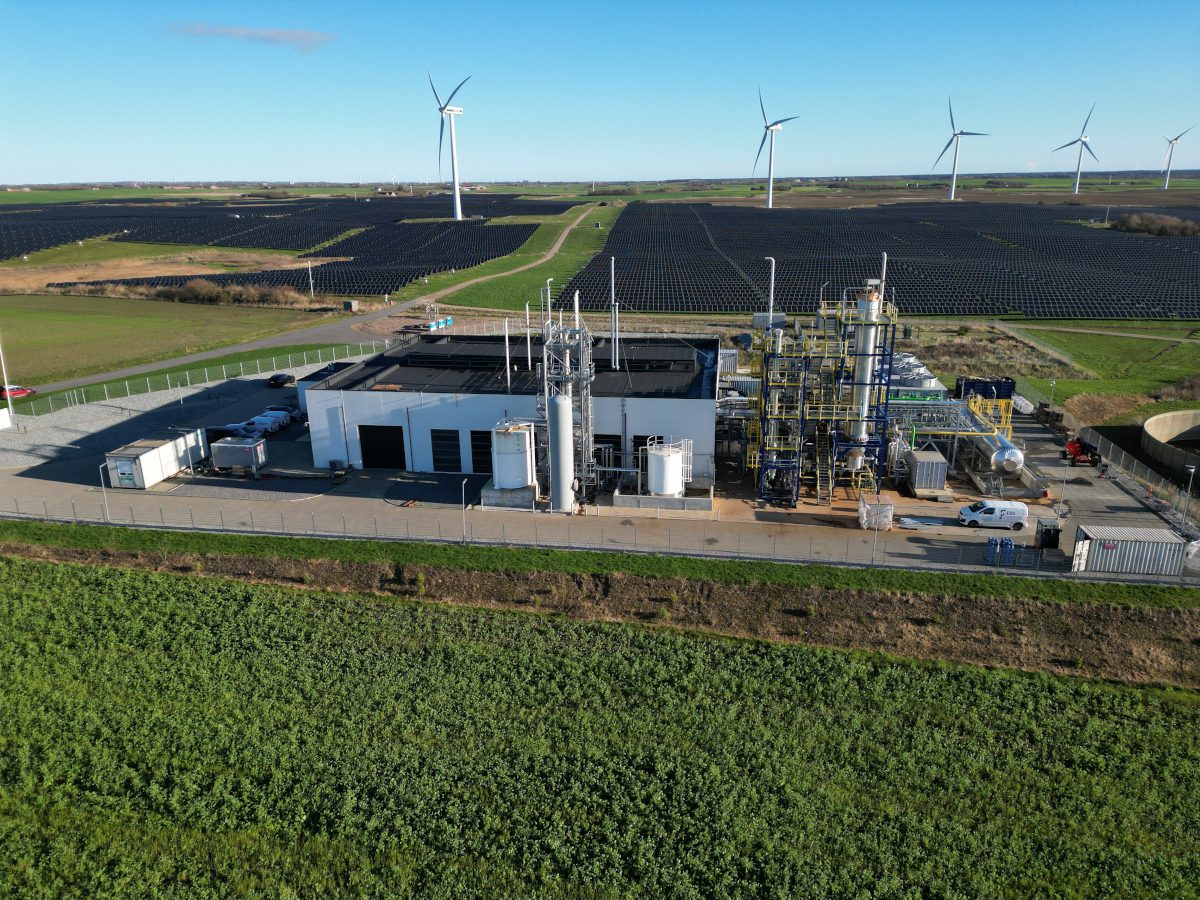Drax remains the largest single source of CO2 emissions in the UK, emitting more than the next four largest emitters combined, according to a report from energy think tank Ember. The North Yorkshire power plant’s carbon emissions have risen 16% in the past year, further widening its lead over next-biggest emitter, Port Talbot Steelworks. Pembroke gas power plant in south Wales is in third place. Drax biomass power plant has now been the UK’s top emitter for the last 10 years.
Power generation is the main activity of the country’s top emitters, and biomass far outstrips coal and gas power plants, a fact that carbon accounting rules have traditionally overlooked, and which is only made apparent when figures are recorded in terms of raw emissions at a facility level.
Biomass generation continues to be defined as carbon neutral under the UK GHG inventory (which accords with UNFCCC and IPCC reporting requirements), and is treated as such in carbon budgets. So it continues to be eligible for subsidies earmarked for renewable energy. While it is assumed that biomass leads to a carbon saving, when trees are replanted, there is much uncertainty about this.
Emissions from Drax are larger than those from the six most polluting gas power plants combined, as Ember notes. Overall, power plants make up 16 of the top 25 largest emitters, but with the coal phase-out complete, biomass and gas power plants will continue to dominate power sector emissions until they too are phased down, said the document.
Large-scale biomass burning continues to top the UK emissions rankings, and despite Drax earning around £2 million per day in public subsidies, concerns remain about the high level of direct emissions. The carbon content of wood and high volumes burned ensured that Drax power station remained the UK’s largest emitter. Emissions from Drax are equivalent to more than 10% of the UK’s entire emissions from transport. Drax generated 15 TWh in 2024 by burning 7.6 million tonnes of wood, of which 99% was imported.
Lynemouth biomass power station is now the 12th largest emitting facility in the UK, emitting around 1.7 MtCO2e. Though not as large as Drax, increased generation at Lynemouth, backed by a publicly funded Contract for Difference subsidy, significantly boosted its emissions in 2024. Despite this public subsidy, during the energy crisis biomass generation fell significantly as profitability fell. As earnings from its Contract for Difference increased, Lynemouth re-entered the top 25 largest emitters for the first time since 2021. However, generation at Lynemouth is still around a quarter lower than average, meaning emissions could rise further next year.
Despite a reduction in generation, gas power plants have the most entries in the largest emitters list, with 13 out of the top 25. As well as power generation, gas power currently plays an important grid stability role, but this can increasingly be replaced by clean solutions which have both lower emissions and import reliance. Clean flexibility technologies, such as batteries and long-duration energy storage, will therefore be critical to reducing gas powered generation and associated emissions.
















